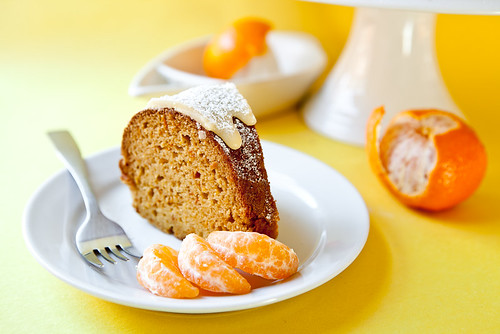


The clementine is a spontaneous hybrid, meaning it is the product of two different plants interbreeding naturally, without human interference. Because of this they are often marketed at children, with friendly brand names such as ‘Cuties’ or ‘Sweeties’. They are seedless, with a sweet taste, and soft, easy to peel skin, making them the perfect healthy snack for kids. What is a Clementine?Ĭlementines are the smallest variety of mandarin orange. If it feels rough, it’s a tangerine, if it feels smooth, it’s a clementine. The easiest way to tell the difference is to hold the fruit in your hand. Tangerines are larger and flatter in shape, with an uneven ‘pebbly’ texture. Clementines have a slightly sweeter taste than tangerines, are a brighter orange colour, and have a smoother skin, which is easier to peel. Tangerines and clementines are both varieties of mandarin orange.


 0 kommentar(er)
0 kommentar(er)
